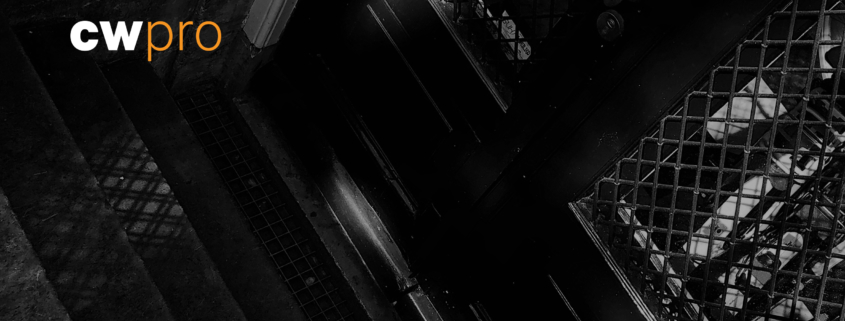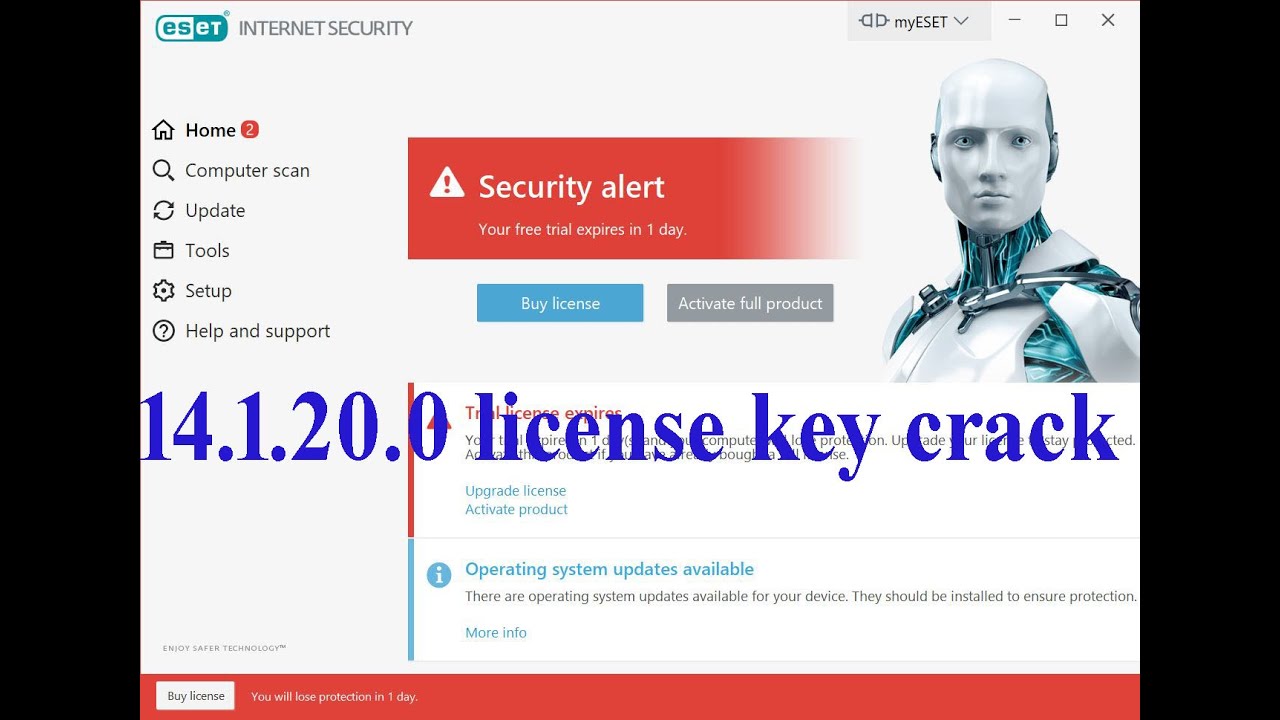Defining democracy down. Preemptive blame for a prospective invasion. The Corpse Bride Diet and other temptations of social media.
At a glance.
- Defining democracy down.
- Preemptive blame for a prospective invasion.
- The Corpse Bride Diet and other temptations of social media.
Pushing a “positive” message (as opposed to merely sowing confusion).
As we saw last week, China has been working to push an alternative picture of democracy, the “whole-process people’s democracy” outlined by the State Council of the People’s Republic white paper, “China: Democracy That Works.” The overarching goal is to contrast China’s mode of social organization with America’s process-bound cynicism, all, of course, to the advantage of China and the disadvantage of America.
Beijing’s news outlet CGTN has been running a multi-part series, “America: War by another name,” which it describes as “a special eight-part series that explores the sinister motivations for [America’s] warmongering.” Part six came out this week, and it’s devoted to “American Cyber Hegemony: Science fiction turned into reality.” The upshot of the article is that US institutional paranoia has led the Americans to become the leading proponents of both cyberespionage and cybersabotage. The US strategy, CGTN explains, has these four phases, roughly strategy, organization, operations, and intelligence:
- “First, the U.S. has formulated and promoted an increasingly offensive cyber security strategy, rendering cyberspace in perpetuated instability. With strategic competition as the focal point, the four U.S. governments since the 20th century [those would be the Clinton, Bush, Obama, Trump, and Biden Administrations, and CGTN says elsewhere that Washington’s hegemonic ambitions in cyberspace go back to President Clinton] have embarked on a three-phase process of establishing, managing and controlling the cyber network – all in an attempt to write the rules and gain absolute strategic advantages in cyberspace…. From a passive defensive strategy that protected key infrastructure and beefed up the management system, the U.S. has gradually turned to an active defensive strategy that systematically built cyberspace deterrence to fend off threats, and then to a forward defensive strategy that pre-emptively attacks potential targets of threat actors. America’s increasingly expansive…


